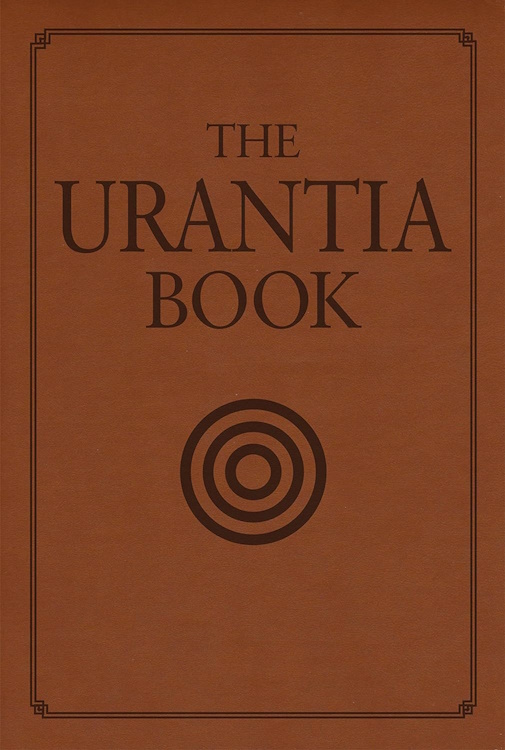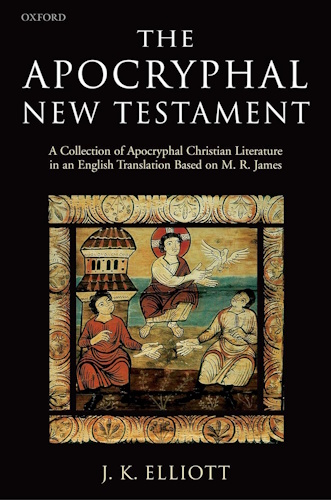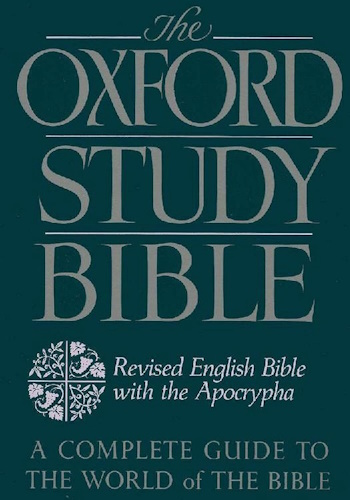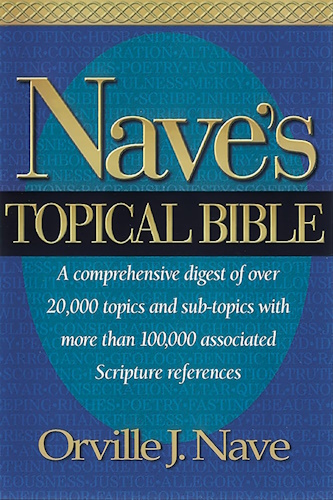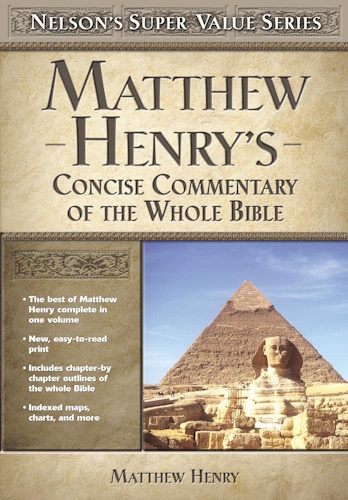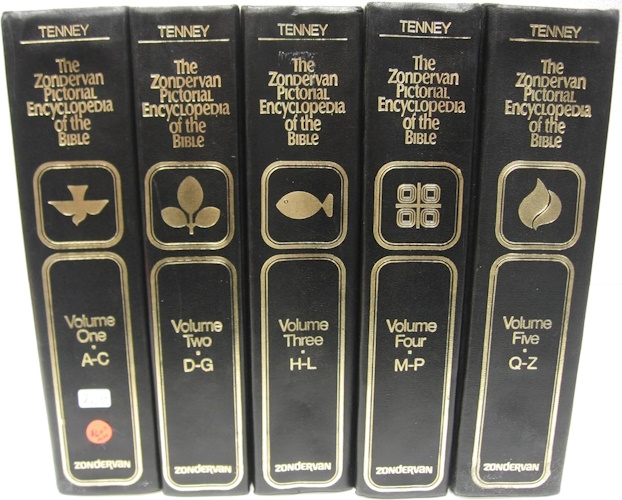
The Origin
Of
Our Belief In God
by Erik Langkjer
Part I: El and Baal, the Shepherd and the Hunter
19. Gaza
A coin from Gaza shows the androgynous hunter with a double face. He has sharp pointed ears like an animal and nose and hair like a negro.  On the reverse of the second coin he is seen doubled with the lion´s hide of Heracles on top of his head[1]. His rather uncharming appearance does not agree with the picture of the young hunter, Hippolytos, by Procopios of Gaza in his description of public decorations in his city. The Ecphrasis of Procopios starts with a hymn to almighty Eros, and it is a stroke of genius that P.Friedländer has seen the connection with the rose-festival in Gaza: "It is totally written out of the atmosphere of this spring- and rose-festival" [2]. Out of the blood of Adonis the roses sprouted, and the blood of Aphrodite gives the red colour to the pale flower when she was scratched by its thorns. "And now the rose tells the story about her love"(Ecphrasis 1,10). The pictures sung about are mainly two: Phaedra falling in love with Hippolytos, and the chaste Hippolytos punishing the wet nurse used as messenger by Phaedra when she declares her forbidden love to Hippolytos. The last scene shows Hippolytos as hunter high on his horse with the virgin hunter Daphne at his side surrounded by shepherds. At a safe distance some frightened women are looking at the cruel punishment of the half-naked elderly lady, who is both bitten by dogs and thrashed by a man with a club. K.Kerenyi has pointed to the parallel between Hippolytos´ aversion to the deeds of Aphrodite and Enkidu´s aversion to Ishtar (Apollo,1953).
On the reverse of the second coin he is seen doubled with the lion´s hide of Heracles on top of his head[1]. His rather uncharming appearance does not agree with the picture of the young hunter, Hippolytos, by Procopios of Gaza in his description of public decorations in his city. The Ecphrasis of Procopios starts with a hymn to almighty Eros, and it is a stroke of genius that P.Friedländer has seen the connection with the rose-festival in Gaza: "It is totally written out of the atmosphere of this spring- and rose-festival" [2]. Out of the blood of Adonis the roses sprouted, and the blood of Aphrodite gives the red colour to the pale flower when she was scratched by its thorns. "And now the rose tells the story about her love"(Ecphrasis 1,10). The pictures sung about are mainly two: Phaedra falling in love with Hippolytos, and the chaste Hippolytos punishing the wet nurse used as messenger by Phaedra when she declares her forbidden love to Hippolytos. The last scene shows Hippolytos as hunter high on his horse with the virgin hunter Daphne at his side surrounded by shepherds. At a safe distance some frightened women are looking at the cruel punishment of the half-naked elderly lady, who is both bitten by dogs and thrashed by a man with a club. K.Kerenyi has pointed to the parallel between Hippolytos´ aversion to the deeds of Aphrodite and Enkidu´s aversion to Ishtar (Apollo,1953).
Hippolytos bears a name that is the sure sign of an ecstatic:"Horse let loose"; and he is the son of an amazon, an androgynous warrior.
Ric.A.Baer says about the anthropology of Philo of Alexandria [3]: "The first man originally existed in a state of unity or oneness and so long as he remained in this state, he was like both the world and God in his singleness (mónôsis, Op.Mund.151f)… Philo here uses the term heîs ("one") more explicitly to describe the inner integrity and harmony of the prôtos ánthrôpos (="first man")…But this original state of oneness or singleness was interrupted by the appearance of woman."
This understanding of "original sin" is found in many Oriental myths. Actaeon, the hunter, is killed because he saw a naked woman, Attis is hunting and resting together with the great hunter, Agdistis, and is killed because he wants to marry the nymph. Agdistis was very strong and androgynous, but when castrated and thereby turned into a woman, he is weakened. Orion is blinded because of a sexual sin. Theiresias for the same reason, and both are hunters. Kombabos, Bata, Eshmun resist a woman through self-castration. To understand this motif we must understand that the ideal state is the consciousness of the ecstatic. His mind is united and one with untouched nature and resting in itself. Confronted with women this unity is disturbed by desire.
But what is he hunting? He is hunting the divine stag, the king of wild nature, the sudden epiphany of god.
In Gaza, where the god Marnas was identified with Zeus Cretagenes (="born in Crete"), his temple had the form of a giant flower surrounded with concentric colonnades. Copper coins from Gaza show the Phoenician letter mem ![]() another symbol of the mystical centre where up and down and left and right meet and are one.
another symbol of the mystical centre where up and down and left and right meet and are one.
A cross is also among the motifs described by John of Gaza and is even seen on the forehead of the god Aion, once a year taken up from his underground temple-chamber in Alexandria to celebrate his birth by Kore. It is after the first cock crow in the morning that he is brought up naked, sitting on a litter with the cross on his forehead, covered with gold (Epiphanios.Pan.LI,22). "In this very hour he is said to be born", obviously together with the sun. His being taken up from the underground, adyton, is a sunrise. And his birth is on the day that was later used for the celebration of Christ's birth, cf. the child Helios in Gaza carried on the back of Atlas, see the picture below (II, chap 13) where a cross is seen to the right.
The cross is a symbol of the centre of the four corners of the earth. If the dimension upwards is added to the four cardinal points we have the holy symbol of the pyramid and the pentagram. The pentagram was also used about Jerusalem as the world mountain, as the centre of cosmos [4]. When Pherecydes says about the primeval god, Chronos (="Time"), that he created offspring out of his own semen: fire, wind, and water, and put these elements into "five corners", then we have to think of a pyramid like the one symbolised by the pyra of Sandan, and definitely representing the world mountain.
In his description of the god Aion John of Gaza has paid special attention to the hand of the god. It is raised towards heaven, and the thumb is laid across the other four fingers because it is much more powerful than the others and "makes the whole unstable nature stand firm (éstêsen)", I,168-70. In Sumerian script the pentagram is the sign for Ub = "High Heaven".
[1] A.B.Cook,Zeus II,p.674 fig.610f. Brit.Mus.Cat.Coins Palestine p.181,pl.19,30. Babelon, Monn.
gr.rom.II,657f,pl.124,7).
[2] Spätantiker Gemäldezyklus in Gaza,1939,p.25).
[3] Philo´s use of the categories Male and Female,1970,p.37
[4] M.Ottosson, "Hexagrammet och Pentagrammet", SEÅ XXXVI, 1971, p.49ff
![]()
![]()
Disclaimer:
Some material presented will contain links, quotes, ideologies, etc., the contents of which should be understood to first, in their whole, reflect the views or opinions of their editors, and second, are used in my personal research as "fair use" sources only, and not espousement one way or the other. Researching for 'truth' leads one all over the place...a piece here, a piece there. As a researcher, I hunt, gather and disassemble resources, trying to put all the pieces into a coherent and logical whole. I encourage you to do the same. And please remember, these pages are only my effort to collect all the pieces I can find and see if they properly fit into the 'reality aggregate'.
Personal Position:
I've come to realize that 'truth' boils down to what we 'believe' the facts we've gathered point to. We only 'know' what we've 'experienced' firsthand. Everything else - what we read, what we watch, what we hear - is what someone else's gathered facts point to and 'they' 'believe' is 'truth', so that 'truth' seems to change in direct proportion to newly gathered facts divided by applied plausibility. Though I believe there is 'truth', until someone representing the celestial realm visibly appears and presents the heavenly records of Facts And Lies In The Order They Happened, I can't know for sure exactly what "the whole truth' on any given subject is, and what applies to me applies to everyone. Until then I'll continue to ask, "what does The Urantia Book say on the subject?"
~Gail Bird Allen
![]()
![]()
-
Urantia Book, 44:0.11 - The Celestial Artisans
Never in your long ascendancy will you lose the power to recognize your associates of former existences. Always, as you ascend inward in the scale of life, will you retain the ability to recognize and fraternize with the fellow beings of your previous and lower levels of experience. Each new translation or resurrection will add one more group of spirit beings to your vision range without in the least depriving you of the ability to recognize your friends and fellows of former estates.
-
Princess Bride 1987 Wallace Shawn (Vizzini) and Mandy Patinkin (Inigo Montoya)
Vizzini: HE DIDN'T FALL? INCONCEIVABLE.
Inigo Montoya: You keep using that word. I do not think it means what you think it means. -
Urantia Book, 117:4.14 - The Finite God
And here is mystery: The more closely man approaches God through love, the greater the reality -- actuality -- of that man. The more man withdraws from God, the more nearly he approaches nonreality -- cessation of existence. When man consecrates his will to the doing of the Father's will, when man gives God all that he has, then does God make that man more than he is.
-
Urantia Book, 167:7.4 - The Talk About Angels
"And do you not remember that I said to you once before that, if you had your spiritual eyes anointed, you would then see the heavens opened and behold the angels of God ascending and descending? It is by the ministry of the angels that one world may be kept in touch with other worlds, for have I not repeatedly told you that I have other sheep not of this fold?"
-
Urantia Book, Foreword - 0:12.12 - The Trinities
But we know that there dwells within the human mind a fragment of God, and that there sojourns with the human soul the Spirit of Truth; and we further know that these spirit forces conspire to enable material man to grasp the reality of spiritual values and to comprehend the philosophy of universe meanings. But even more certainly we know that these spirits of the Divine Presence are able to assist man in the spiritual appropriation of all truth contributory to the enhancement of the ever-progressing reality of personal religious experience—God-consciousness.
-
Urantia Book, 1:4.3 - The Mystery Of God
When you are through down here, when your course has been run in temporary form on earth, when your trial trip in the flesh is finished, when the dust that composes the mortal tabernacle "returns to the earth whence it came"; then, it is revealed, the indwelling "Spirit shall return to God who gave it." There sojourns within each moral being of this planet a fragment of God, a part and parcel of divinity. It is not yet yours by right of possession, but it is designedly intended to be one with you if you survive the mortal existence.
-
Urantia Book, 1:4.1 - The Mystery Of God
And the greatest of all the unfathomable mysteries of God is the phenomenon of the divine indwelling of mortal minds. The manner in which the Universal Father sojourns with the creatures of time is the most profound of all universe mysteries; the divine presence in the mind of man is the mystery of mysteries.
-
Urantia Book, 1:4.6 - The Mystery Of God
To every spirit being and to every mortal creature in every sphere and on every world of the universe of universes, the Universal Father reveals all of his gracious and divine self that can be discerned or comprehended by such spirit beings and by such mortal creatures. God is no respecter of persons, either spiritual or material. The divine presence which any child of the universe enjoys at any given moment is limited only by the capacity of such a creature to receive and to discern the spirit actualities of the supermaterial world.
-
Urantia Book, 11:0.1 - The Eternal Isle Of Paradise
Paradise is the eternal center of the universe of universes and the abiding place of the Universal Father, the Eternal Son, the Infinite Spirit, and their divine co-ordinates and associates. This central Isle is the most gigantic organized body of cosmic reality in all the master universe. Paradise is a material sphere as well as a spiritual abode. All of the intelligent creation of the Universal Father is domiciled on material abodes; hence must the absolute controlling center also be material, literal. And again it should be reiterated that spirit things and spiritual beings are real.
-
Urantia Book, 50:6.4 - Planetary Culture
Culture presupposes quality of mind; culture cannot be enhanced unless mind is elevated. Superior intellect will seek a noble culture and find some way to attain such a goal. Inferior minds will spurn the highest culture even when presented to them ready-made.
-
Urantia Book, 54:1.6 - True And False Liberty
True liberty is the associate of genuine self-respect; false liberty is the consort of self-admiration. True liberty is the fruit of self-control; false liberty, the assumption of self-assertion. Self-control leads to altruistic service; self-admiration tends towards the exploitation of others for the selfish aggrandizement of such a mistaken individual as is willing to sacrifice righteous attainment for the sake of possessing unjust power over his fellow beings.
-
Urantia Book, 54:1.9 - True And False Liberty
How dare the self-willed creature encroach upon the rights of his fellows in the name of personal liberty when the Supreme Rulers of the universe stand back in merciful respect for these prerogatives of will and potentials of personality! No being, in the exercise of his supposed personal liberty, has a right to deprive any other being of those privileges of existence conferred by the Creators and duly respected by all their loyal associates, subordinates, and subjects.
-
Urantia Book, 54:1.8 - True And False Liberty
There is no error greater than that species of self-deception which leads intelligent beings to crave the exercise of power over other beings for the purpose of depriving these persons of their natural liberties. The golden rule of human fairness cries out against all such fraud, unfairness, selfishness, and unrighteousness.







